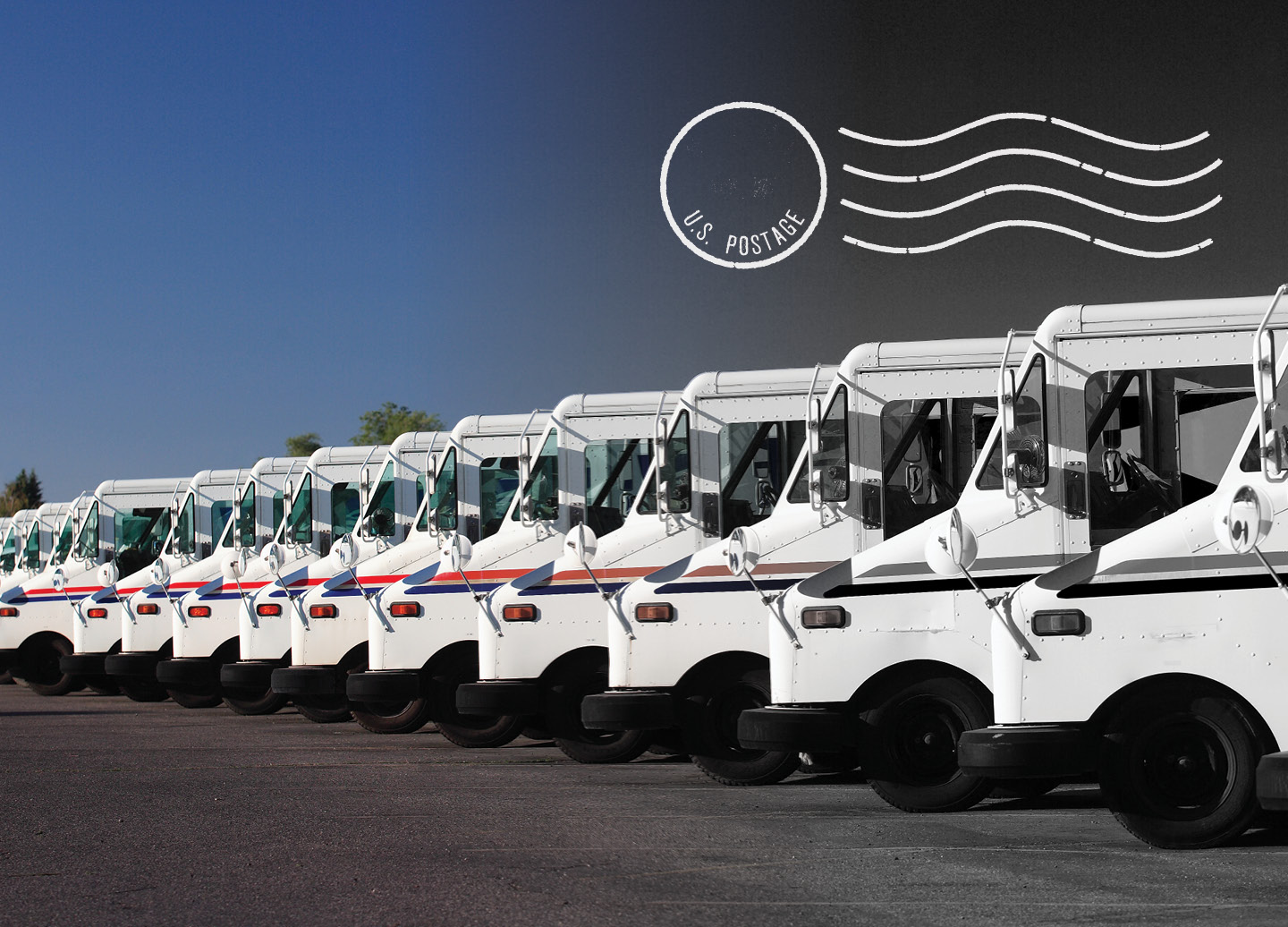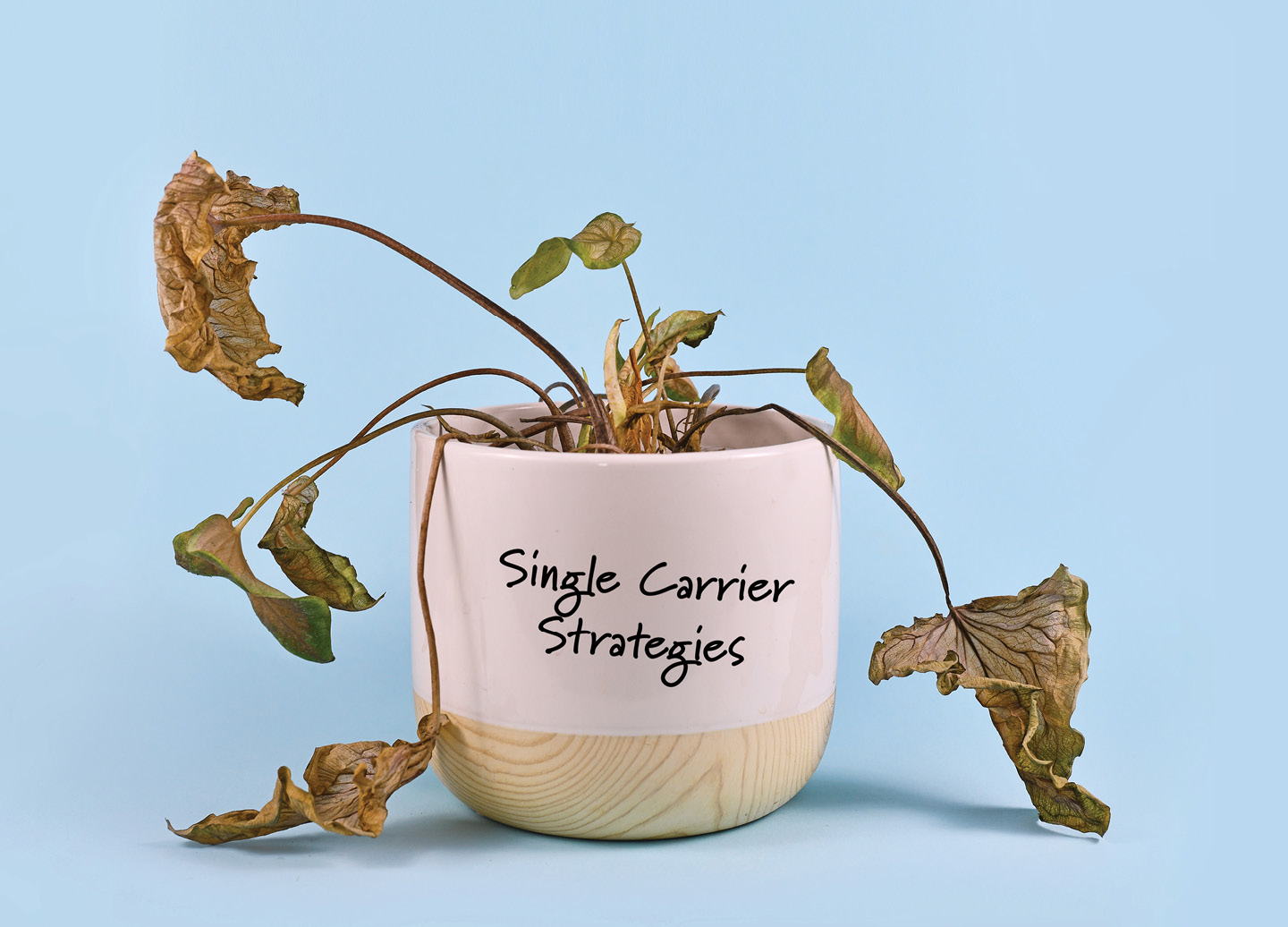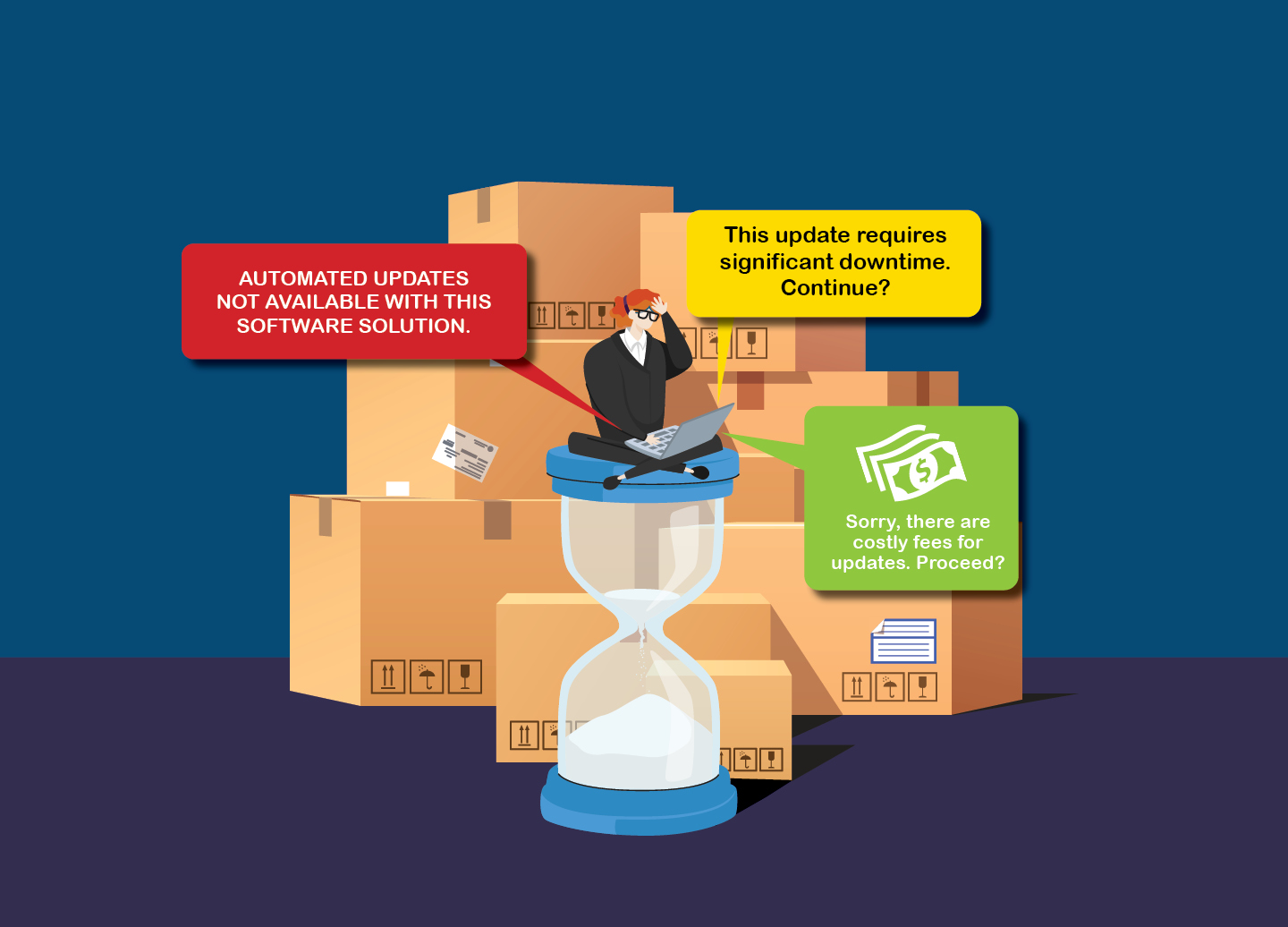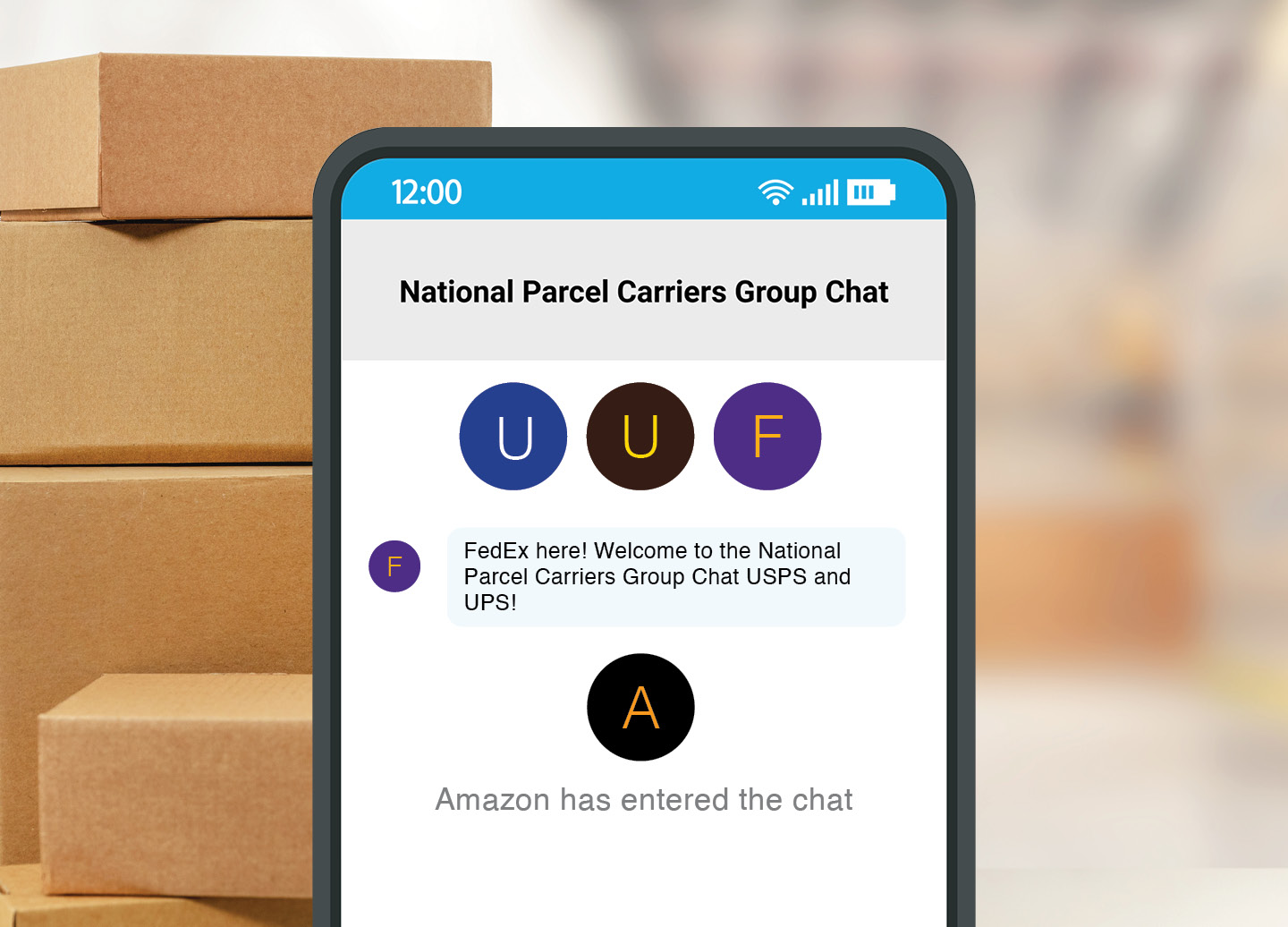In the event of a carrier crisis, is your business well-protected?
The United States Postal Office has had a relatively hard few years with long-standing financial woes. On top of that, limited resources are being stretched even thinner during the current pandemic while political turmoil is mounting as threats to dismantle the agency and privatize it are being vocalized.
All of this is causing intensifying concern amongst the small parcel world, and rightfully so as many low-cost delivery services rely on USPS. For instance, free shipping will definitely take a hit. Think about it. Nine times out of ten, the post office completes final mile deliveries since the lowest cost service is always postal last mile. In the small possibility of a postal shutdown, shippers will need to act extremely fast to get product out the door and to customers without a hitch.
How a USPS disruption will make shipping even more complicated…
Postal and Postal last mile services have already started to fluctuate in reliability due to limited resources and peak-equivalent shipping volumes bogging down systems due to COVID. To compensate, i.e. keep up with consistent shipping execution times and get orders to customers on-time, shippers may have to push more volume to higher cost services, aka the major carriers.
But let’s not forget, the major carriers have maximum quotas and charge fees if quotas are unexpectedly surpassed. What’s worse? Go over quota and you risk hefty fines and even breaching your contract where carriers can choose to halt shipping your packages indefinitely (aka a termination of contract), so relying on one or two carriers isn’t going to fit the bill. Instead, to ensure quick and efficient shipping throughout a possible disruption, through peak season and during the pandemic, shippers will need to have as many carriers at their disposal as possible.
By having a good mix of regional carriers and major carriers, you can put work-arounds in place and balance the volume across your carrier mix. By doing this and implementing the right shipping execution software, you can take into account any disruptions and all current surcharges, including pandemic and peak season surcharges, every time you produce a carrier label.
Going Multi-carrier has never been more necessary
In 2018, we wrote an article on how going multi-carrier saves more than just peak season, and it has never been more relevant than it is today.
- Carrier networks and capacities aren’t all the same: The pandemic has only intensified an increase in e-commerce shipping, and though carriers have tried to keep up by investing in facilities, automation, technology and people, they can still get overloaded on a particular lane for a few days (this risk only increases with snowy weather). But not all carrier capacities are the same. For example, where one carrier may have improved their Northeast ground network, another carrier may have added capacity in California. Also, did you know that 25% of all deliveries are being done by regional carriers right now? Carriers and their networks change every year, and shipping tools such as multi-carrier shipping software keeps up with these changes.
- Delivery strikes, or in this case, carrier disruption: In the world of shipping, nothing is constant. We’ve seen strikes and we’ve seen the volatility of last-mile carriers, but we’ve never seen as big a shake up as the possible dismantling of USPS or the current pandemic. Currently, one of the major concerns for carrier companies is sick drivers. If enough employees from a particular hub are sick, then deliveries will be delayed from that hub (this is why major carriers have removed their ground and express delivery guarantees).
Because of this, it’s important to not put all your eggs in one basket, no matter how dependable you think that basket is. To avoid a last-minute scramble when something like this happens, make sure you have a multi-carrier play available to you at all times. The more carriers you have in your back pocket, the more protection you cast on your business. - Options become decisions – can you make them? One of the biggest risks seen by using a single carrier for any level of service is the lack of choice – the choice to make a better shipment execution decision. Like stated above, the carriers have different networks and their postal last mile and ground services, which are generally more affordable than express services, have different transit times for many origin and destination pairs. Using only one carrier gives you only one zone map for your shipping software to look at. By using two or more carriers, customers can be provided with more options, and shippers can execute on them at the lowest cost possible.
Without the ability to rate shop multiple carriers and their services, you’re out of luck if a single carrier gets disrupted or becomes overloaded. And without the right shipping software, adding on a single carrier at a time would be extremely time-consuming, plus you would have to switch between interfaces to compare routes and rates. This is a slow process, and the dollars and time wasted is not worth it.
*A USPS Forget-Me-Not* Price increases and surcharges to look out for
It’s important to note that in a recent news release, USPS will temporarily raise prices on commercial parcels from Oct. 18-Dec. 27, making this the first time the Postal Service will implement peak season surcharges. The release states, “the planned temporary price adjustments are in response to increased expenses and heightened demand for online shopping package volume due to the coronavirus pandemic and expected holiday ecommerce.” The planned increases range from 24 cents to $1.50 and aim to keep USPS competitive during the busy holiday season.
There’s no doubt that the pandemic has not only put excess strain on carrier capacities but has also led to additional surcharges and price hikes for parcel shippers utilizing the major carriers. UPS recently announced higher peak surcharges coming this peak season for companies shipping 25K+ parcels weekly and the FedEx peak surcharges announced in June are in effect until further notice. In a sense, the pandemic has essentially caused chaos within the e-commerce world.
Your biggest defense? Go multi-carrier! Get ahead of the game and expand your carrier network beyond the major carriers. Look at local and regional parcel carriers – they might surprise you and be able to offer lower rates and faster service in some areas.
Contact our parcel shipping experts today to talk through your USPS concerns and/or discuss how you can better protect your business by onboarding new carriers.
ProShip content you like also like…

 Back to Blog
Back to Blog






